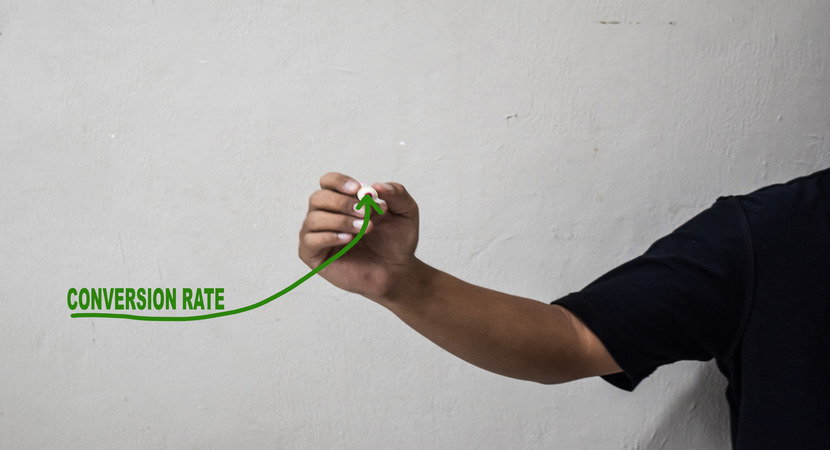Our offices are interwoven with employees from multiple generations. From Baby Boomers to Generation Z, everyone has something important to contribute to the ever-evolving workplace. But managing employees, let alone employees who face stark age gaps, can present a unique set of challenges. Push past multigenerational management issues and move on to the hard work of running your operation.
Avoid Stereotypes with Multigenerational Teams
The age of your employees has no bearing on how hardworking, dedicated, or talented they are. Avoid assigning work, making assumptions, and lumping people into categories based on stereotypes about different generations. Not only are these bad business practices, but they are also illegal. Set the tone for your team and create a culture that encourages open dialogue. Simple conversations can easily debunk preconceived generational judgments.
Communicate
Everyone has different preferences for communication and management. The best way to tactfully handle the confrontation and friction that naturally arises from different personality types working together is to ask! Millennials tend to prefer tech-savvy communication methods, whereas Baby Boomers traditionally prefer email, phone calls, and face-to-face interactions. Generation X prefers to keep things short and to the point, meeting only for critical issues and utilizing technology for the rest. Meanwhile, Gen Z prefers a balance of tech-based and in-person communication, although it is best to start out using text for difficult conversations.
Boomers might prefer a culture with a clear structure where decisions are made based on the team’s hierarchy. Millennials and Gen Z may prefer a more collaborative approach where they are involved in big-picture decision making. You don’t need to tailor your communication and management style for each individual on your team. However, knowing everyone’s preferences can help you form an effective, long-term communication and management strategy that is both high-tech and in-touch.
Set Goals and Expectations
When working with a multigenerational team, every employee will have different professional needs. Ask your employees what their career objectives are and create SMART goals to help them get there. Generation X may seek more traditional career advancement, where Millennials might want more lateral movements that involve rotational assignments or opportunities to lead short-term projects. Similarly, Gen Z may seek out a diverse, flexible structure where they can experience multiple roles over time. By listening to each person’s aims, you can provide the tools and accommodations they need to succeed in their current role and beyond.
Once you have set goals, continue to check in with each employee to provide specific feedback. Constructive observations help employees change destructive behaviors and solve problems that could be preventing them from reaching their potential. Although Millennials in particular tend to request more input; regular feedback can benefit all workers.
As the workforce continues to change, your operation must be prepared to manage a multigenerational team. When you see your employees as people, rather than as demographics, you can build a functional and flexible team ready to take on any challenge.
 Register for RMUC.25
Register for RMUC.25





